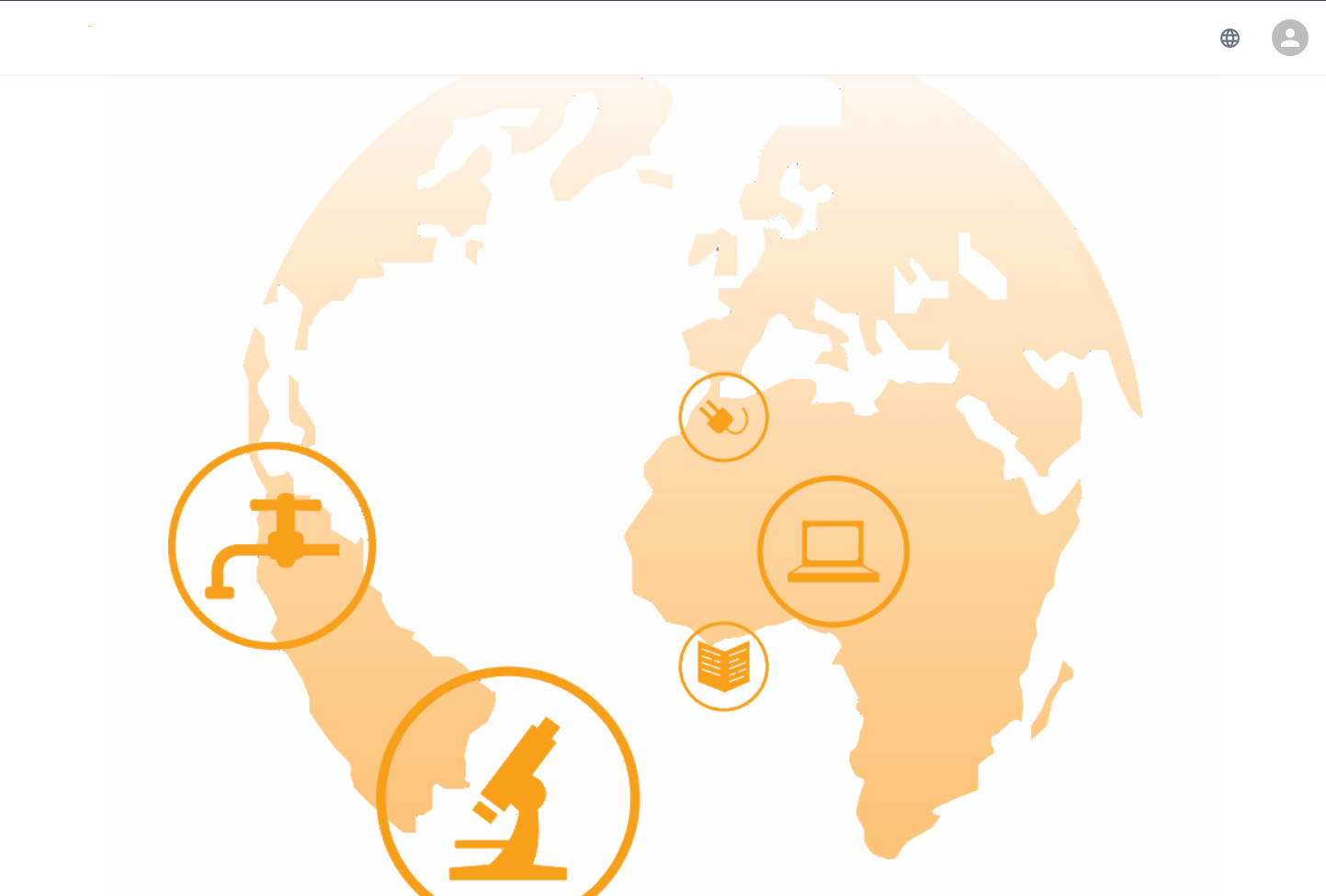Main Page: Difference between revisions
No edit summary Tag: Manual revert |
No edit summary |
||
| (16 intermediate revisions by 5 users not shown) | |||
| Line 1: | Line 1: | ||
[[Category:Main]] | |||
<languages/> | <languages/> | ||
<translate> | <translate> | ||
[[ | <!--T:11--> | ||
<div style="float:left; margin: 0px 20px 0px 0px">__TOC__</div> | |||
[[File:LogoProbitas.png|right|thumb|250px|link=https://www.fundacionprobitas.org|Probitas Foundation]] | |||
<!--T: | <!--T:12--> | ||
[ | ARIS is a laboratory software system for patient management, analysis and laboratory tests. It offers basic functionalities and a simple interface that can be flexibly configured to support the main tasks of a laboratory. ARIS has been designed specifically by [https://www.fundacionprobitas.org Probitas Foundation] and it is available to laboratories free of charge. | ||
<!--T: | <!--T:13--> | ||
These pages contain all the useful information for both final users as well as administrators. | |||
<!--T: | ==Installation and Upgrades== <!--T:14--> | ||
[[File:Main page.PNG|right|thumb|Main page of the software]] | |||
<!--T: | <!--T:15--> | ||
First of all, the application needs to be installed in a regular computer. It will automatically install some required software platforms. The [[Installation and Upgrades|Installation and Upgrades]] page contains all the details and step by step instructions to do it. If an Internet connection is at hand, it can also be upgraded when a new version is available, as explained in the same page. | |||
<!--T:16--> | |||
[[ | The application has been developed with native support in English and Spanish, however, it supports multilanguage. The [[Define new language|Define new language]] page explains how to extend it to other languages. | ||
== | ==User Guide== <!--T:17--> | ||
<!--T:18--> | |||
The [[ | The [[User Guide|User Guide]] page contains all the information necessary for both final users as well as administrators. It explains all functionalities provided by the application. | ||
== | ==Backup and Restore== <!--T:19--> | ||
<!--T:20--> | |||
As for any other information system, it is important to extract a copy of the database regularly, and move it to another support for safety reasons. The [[Backup and Restore|Backup and Restore]] page explains how such copy can be generated and accessed, as well as used to recover all the data in the unlikely case of database corruption. | |||
</translate> | </translate> | ||
Latest revision as of 10:35, 1 February 2024

ARIS is a laboratory software system for patient management, analysis and laboratory tests. It offers basic functionalities and a simple interface that can be flexibly configured to support the main tasks of a laboratory. ARIS has been designed specifically by Probitas Foundation and it is available to laboratories free of charge.
These pages contain all the useful information for both final users as well as administrators.
Installation and Upgrades[edit]

First of all, the application needs to be installed in a regular computer. It will automatically install some required software platforms. The Installation and Upgrades page contains all the details and step by step instructions to do it. If an Internet connection is at hand, it can also be upgraded when a new version is available, as explained in the same page.
The application has been developed with native support in English and Spanish, however, it supports multilanguage. The Define new language page explains how to extend it to other languages.
User Guide[edit]
The User Guide page contains all the information necessary for both final users as well as administrators. It explains all functionalities provided by the application.
Backup and Restore[edit]
As for any other information system, it is important to extract a copy of the database regularly, and move it to another support for safety reasons. The Backup and Restore page explains how such copy can be generated and accessed, as well as used to recover all the data in the unlikely case of database corruption.